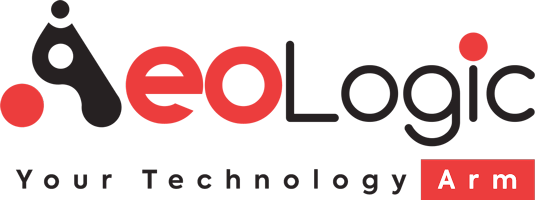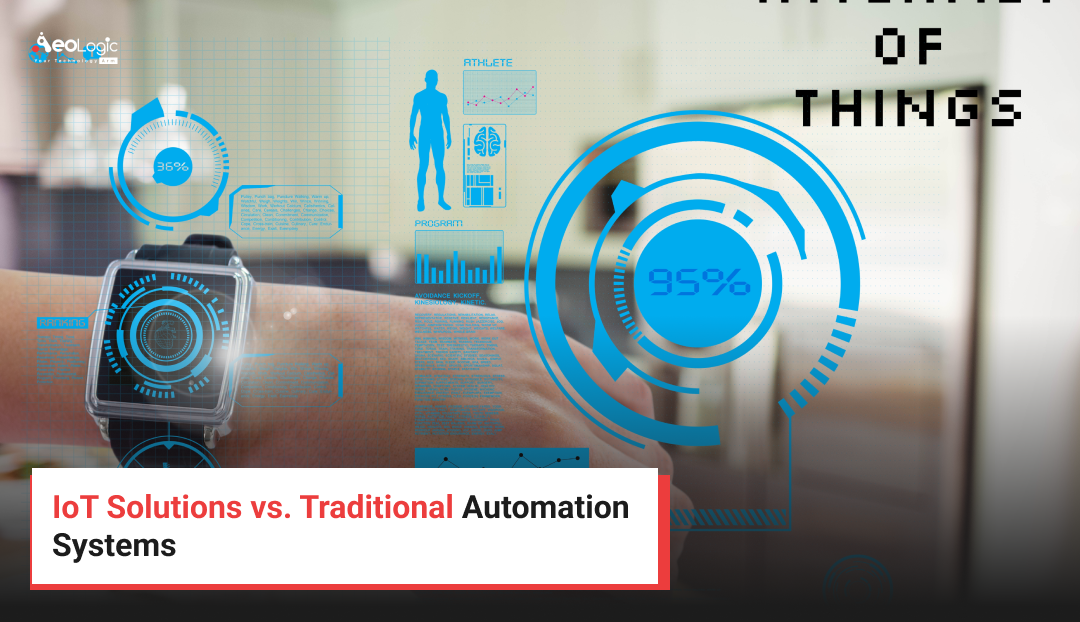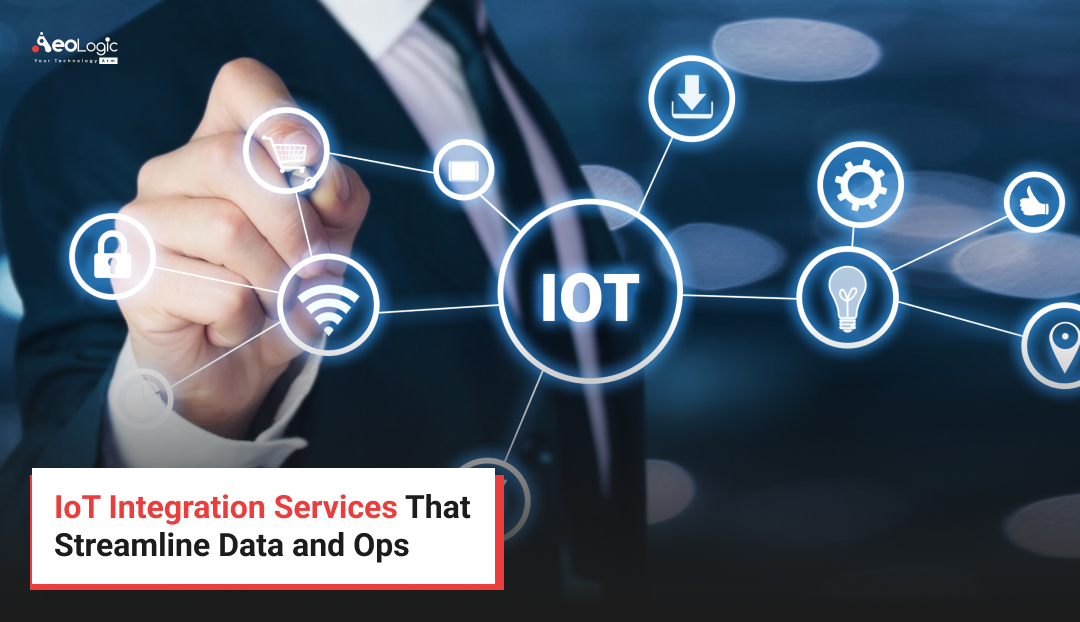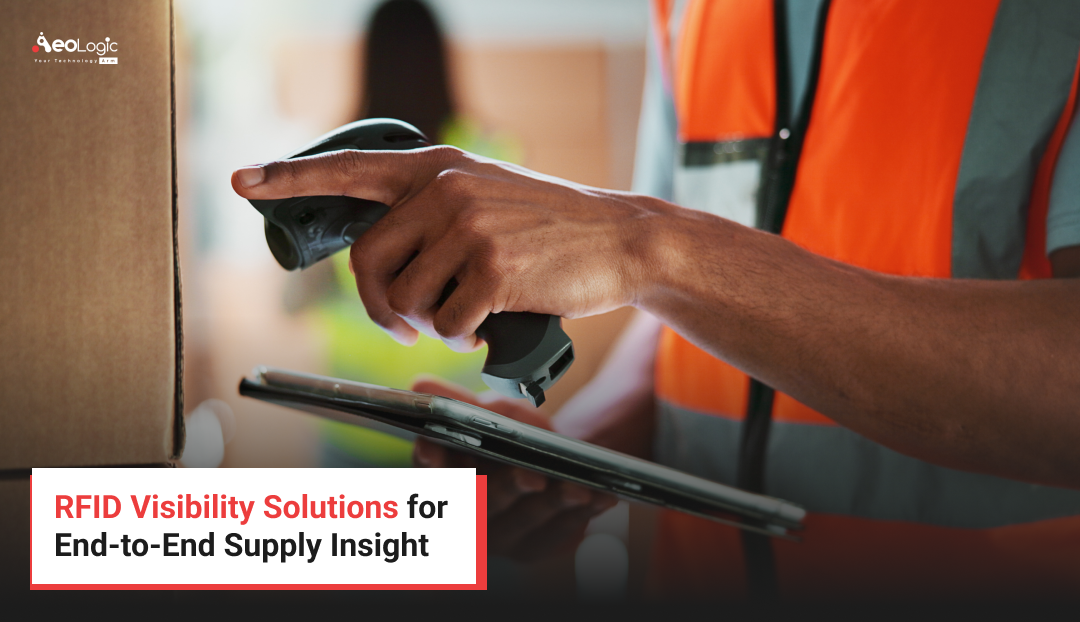The way industries automate their processes has evolved rapidly in the last decade. While traditional automation systems once ruled the world of manufacturing and production, the rise of IoT (Internet of Things) solutions has completely changed the game.
From smart factories to connected logistics, companies today are leveraging IoT to move beyond simple automation — into real-time data intelligence, predictive insights, and remote control.
This growing shift has sparked an ongoing discussion: IoT Solutions vs. Traditional Automation — which is better for modern businesses?
In this blog, we’ll explore how both approaches work, their differences, advantages, and how they shape the future of industrial and business operations.
What Are Traditional Automation Systems?
Before IoT came along, industries relied heavily on traditional automation — a system that uses pre-programmed machines and control systems to perform repetitive tasks with precision.
Common examples include:
-
Assembly line robotics.
-
Programmable Logic Controllers (PLCs).
-
SCADA (Supervisory Control and Data Acquisition) systems.
-
CNC machines.
These systems automate tasks such as temperature control, product assembly, or packaging — but they work in closed environments, where each machine operates independently with limited connectivity.
In short: traditional automation makes machines work faster, but it doesn’t make them smarter.
What Are IoT Solutions?
IoT (Internet of Things) takes automation to the next level by connecting devices, sensors, and systems over the internet.
IoT solutions don’t just execute commands — they collect, share, and analyze data in real time.
In industries, IoT allows machines, sensors, and control systems to talk to each other through the cloud. This helps monitor performance, predict failures, and make smart decisions automatically.
For example, an IoT-based factory can:
-
Detect when a machine is about to fail and alert the maintenance team.
-
Adjust energy usage automatically based on production demand.
-
Track materials, products, and logistics in real time.
IoT turns traditional automation into smart automation, enabling efficiency, visibility, and cost savings like never before.
Why Compare IoT and Traditional Automation?
Both systems aim to improve productivity and reduce human error, but they differ in connectivity, intelligence, flexibility, and data capabilities.
Understanding the difference between IoT Solutions vs. Traditional Automation helps companies plan their digital transformation roadmap — whether it’s upgrading existing systems or building new smart infrastructures.
How Traditional Automation Works
Traditional automation systems focus mainly on machine control and repetitive task execution.
They use PLCs (Programmable Logic Controllers), sensors, and SCADA systems to perform tasks such as:
-
Starting or stopping machines.
-
Maintaining temperatures or pressures.
-
Moving parts in an assembly line.
Everything is programmed manually. Once set, the system works on fixed logic — it doesn’t “learn” or “adapt.”
For example:
If a machine breaks down, production stops until someone detects the issue. The system itself cannot predict failures or adjust workflow automatically.
That’s where IoT steps in — by adding intelligence and connectivity to this setup.
How IoT Solutions Work
IoT adds a new layer to automation — data-driven intelligence.
Here’s how:
-
Devices and sensors collect real-time data from equipment or the environment.
-
This data is sent to the cloud through secure networks.
-
AI or analytics tools process the information to find patterns or potential issues.
-
The system then responds automatically — adjusting performance, sending alerts, or triggering maintenance requests.
This continuous feedback loop turns simple automation into smart automation.
Example:
A traditional system can control a motor’s speed.
An IoT-based system can monitor energy usage, predict when the motor might fail, and automatically slow it down to prevent damage — saving time and cost.
Detailed Comparison: IoT Solutions vs. Traditional Automation
| Feature | IoT Solutions | Traditional Automation Systems |
|---|---|---|
| Connectivity | Devices are interconnected and communicate via internet or cloud. | Systems work independently with limited network connection. |
| Data Handling | Real-time collection, storage, and analysis. | Limited to predefined instructions and basic data logs. |
| Flexibility | Highly adaptable and scalable. | Fixed and rigid — changes need reprogramming. |
| Remote Access | Accessible from anywhere via cloud dashboards. | On-site monitoring only. |
| Decision Making | AI/ML-driven — predictive and intelligent. | Human intervention required for problem-solving. |
| Maintenance | Predictive and proactive. | Reactive — maintenance only after breakdown. |
| Integration | Works seamlessly with cloud, AI, and analytics tools. | Often standalone systems with minimal integration. |
| Cost Efficiency (Long-term) | High initial setup, but low long-term costs due to automation. | Lower setup cost but higher long-term operational cost. |
| Scalability | Easily scalable with new devices and features. | Limited by hardware and wiring capacity. |
| Use Cases | Smart factories, connected logistics, energy management, healthcare. | Industrial machinery, robotic arms, assembly automation. |
This table clearly shows why IoT is often seen as the evolution of traditional automation, not just an alternative.
Advantages of IoT Over Traditional Automation
Now let’s break down what makes IoT so powerful for modern industries.
Real-Time Monitoring and Insights
IoT systems continuously collect and analyze data from sensors. Managers can track performance, production, and energy usage in real time.
This visibility helps identify problems before they escalate. Traditional automation, on the other hand, reacts only after an issue occurs.
Predictive Maintenance
IoT uses data analytics to predict when a machine is likely to fail. Maintenance teams can fix issues before breakdowns happen — reducing downtime and saving costs.
In traditional systems, equipment runs until it fails, causing unplanned halts.
Remote Control and Accessibility
IoT allows monitoring and control from anywhere via dashboards or mobile apps. This is a huge advantage for companies managing multiple facilities or remote sites.
Traditional automation systems require on-site supervision, making remote management impossible.
Enhanced Efficiency
By using real-time analytics, IoT solutions help optimize machine operations, reduce waste, and improve energy efficiency.
For example, smart factories automatically adjust machine output based on demand, minimizing power consumption during off-hours.
Seamless Integration with Modern Tech
IoT connects easily with AI, cloud computing, blockchain, and data analytics tools — helping industries adopt future-ready solutions.
Traditional systems, being hardware-centric, can’t easily integrate with modern digital platforms.
Scalability and Flexibility
IoT networks can easily expand as businesses grow. Adding new devices, sensors, or production lines is simple.
In contrast, expanding traditional automation often means rewiring systems and reprogramming controllers — both time-consuming and expensive.
Real-World Use Cases of IoT Solutions
IoT has reshaped entire industries by connecting sensors, devices, and analytics platforms into unified ecosystems.
Here are some real-life examples that show how businesses benefit from IoT-driven automation.
Smart Factories (Industry 4.0)
Modern manufacturing plants use IoT sensors to track machine performance, material flow, and energy usage in real time.
When data indicates a possible failure, predictive-maintenance alerts prevent downtime.
Example:
An automotive company in Pune installed IoT sensors on assembly robots. They reduced unplanned stoppages by 30 percent within a year — something impossible with traditional PLC-only setups.
Smart Logistics and Fleet Management
IoT devices inside trucks send live updates on location, fuel, and driver behavior. Logistics managers can optimize routes instantly.
Example:
Courier services using GPS-enabled IoT trackers cut delivery delays by 20 percent and improved fuel efficiency through real-time route adjustments.
Smart Energy and Utilities
IoT meters monitor energy consumption and predict demand peaks. Utilities adjust output automatically, saving costs and balancing grids.
Example:
Cities using IoT-enabled street-lighting systems lowered electricity use by up to 40 percent by dimming lights in low-traffic areas.
Healthcare and Patient Monitoring
Connected wearables send patient vitals to cloud dashboards, allowing doctors to act before emergencies.
Traditional automation could only trigger alarms inside hospitals; IoT enables remote, continuous care.
Agriculture and Smart Farming
IoT sensors in soil and irrigation equipment track moisture, temperature, and nutrient levels. Systems water crops automatically when needed.
Farmers using these setups often report higher yields and lower water waste.
Examples of Traditional Automation in Use
Despite IoT’s rise, traditional automation still dominates many industries because of its stability and simplicity.
-
Textile Manufacturing: PLC-based machines handle repetitive weaving and dyeing tasks.
-
Food Processing: Conveyor and packaging lines use fixed logic for accuracy.
-
Chemical Plants: SCADA controls maintain pressure and flow levels automatically.
These systems remain reliable but lack visibility and adaptability.
Challenges of IoT and Traditional Automation
No technology is perfect — each has hurdles companies must plan for.
Challenges of IoT Solutions
-
High Initial Investment: Sensors, connectivity, and analytics software can cost more upfront.
-
Cybersecurity Risks: Connecting devices to the internet exposes networks to attacks; data encryption is vital.
-
Integration Complexity: Older equipment may not easily connect with modern IoT gateways.
-
Data Overload: Massive data streams need proper analytics to extract useful insights.
-
Skill Gap: IoT deployment demands data-science and networking expertise that traditional teams may lack.
Challenges of Traditional Automation
-
Limited Visibility: Systems work locally with no remote monitoring.
-
Reactive Maintenance: Machines stop before issues are detected.
-
Hard to Scale: Adding new equipment requires re-engineering and wiring.
-
Data Isolation: No central platform for performance analytics.
-
Manual Dependence: Operators must intervene frequently to adjust processes.
Cost and ROI Comparison
| Parameter | IoT Solutions | Traditional Automation |
|---|---|---|
| Initial Setup Cost | High (sensors + cloud infra) | Medium (controllers + wiring) |
| Operational Cost | Lower due to optimization and remote monitoring | Higher because of manual oversight |
| Maintenance | Predictive and data-driven | Reactive and breakdown-based |
| Downtime Losses | Minimal (early alerts) | Frequent (machine failures) |
| Scalability | Highly scalable with cloud integration | Limited hardware capacity |
| ROI Timeline | 1 – 3 years (depending on scale) | Moderate, steady returns but less flexibility |
| Long-Term Savings | High through automation and energy efficiency | Moderate – dependent on manual control |
In most industrial case studies, IoT implementations deliver ROI within two years through reduced downtime, predictive maintenance, and improved efficiency.
The Future of Automation with IoT
The line between automation and IoT is fading fast. As industries move toward digital transformation, IoT is becoming the backbone of the next industrial revolution — often called Industry 4.0.
The future of industrial automation is not just about programming machines; it’s about connecting them, analyzing data, and making intelligent decisions autonomously.
IoT-driven automation will power:
-
Smart factories that self-adjust production based on real-time demand.
-
Predictive maintenance systems that eliminate downtime.
-
Connected supply chains that give end-to-end visibility.
-
Energy-efficient buildings that optimize themselves for sustainability.
While traditional automation will always have a role in basic control tasks, IoT enables adaptability, visibility, and decision-making — turning every machine into a data source and a decision engine.
Which Should You Choose — IoT or Traditional Automation?
Choosing between IoT Solutions vs. Traditional Automation depends on your goals, infrastructure, and growth plans.
Here’s a simplified guide:
| Business Need | Best Fit |
|---|---|
| Limited budget, basic task automation | Traditional Automation |
| Need for remote monitoring and data insights | IoT Solutions |
| Want to reduce downtime and improve efficiency | IoT Solutions |
| Existing legacy systems that work well | Traditional Automation (short term) |
| Planning long-term digital transformation | IoT Solutions |
| Complex manufacturing with multi-site operations | IoT Solutions |
Traditional Automation is best for small or stable operations where consistency matters more than intelligence.
IoT Solutions are ideal for dynamic environments where you need real-time visibility, predictive insights, and future scalability.
In many cases, the most practical approach is a hybrid one — retaining existing automation systems while layering IoT technology on top. This helps modernize operations without discarding previous investments.
Final Words
The debate of IoT Solutions vs. Traditional Automation is less about replacing the old and more about evolving it.
Traditional automation brought precision and speed to industries. IoT takes it further — connecting systems, improving transparency, and enabling smarter decision-making.
Businesses that embrace IoT early gain the edge of agility, efficiency, and future-readiness. Whether it’s manufacturing, logistics, healthcare, or energy — IoT solutions are becoming the foundation for intelligent operations.
The future is not just automated — it’s connected, data-driven, and smart.
How Aeologic Helps Businesses with IoT Transformation
At Aeologic Technologies, we specialize in helping companies transition from traditional automation systems to advanced IoT-enabled environments.
Our goal is to empower businesses with the tools, infrastructure, and intelligence they need to thrive in a connected world.
Our IoT Offerings Include:
-
End-to-end IoT solution design and integration.
-
Industrial IoT (IIoT) systems for manufacturing and logistics.
-
Smart asset tracking and real-time monitoring platforms.
-
Predictive maintenance solutions powered by AI and machine learning.
-
Cloud-based dashboards for remote control and performance analytics.
-
IoT-enabled energy management and sustainability solutions.
Why Businesses Choose Aeologic:
-
Deep expertise in both traditional automation and IoT ecosystems.
-
Seamless integration with legacy PLC, SCADA, and ERP systems.
-
Scalable architectures built for future expansion.
-
Strong data security, compliance, and remote management features.
From consulting and strategy to full deployment and support, Aeologic delivers reliable, future-ready IoT solutions that help businesses reduce downtime, optimize operations, and achieve digital excellence.
Whether you’re upgrading existing systems or building a connected infrastructure from scratch — Aeologic ensures your transition is smooth, cost-effective, and impactful.
FAQs
1. What is the main difference between IoT and traditional automation?
Traditional automation executes pre-set tasks, while IoT automation connects devices and systems, enabling real-time monitoring, data analysis, and smart decisions.
2. Which is more cost-effective for small industries?
Traditional automation has lower initial costs, but IoT delivers greater long-term savings through predictive maintenance and operational efficiency.
3. Can IoT work with existing automation systems?
Yes. IoT can be integrated with PLCs, sensors, and SCADA setups to enhance visibility and analytics without replacing them.
4. What are the biggest benefits of IoT in manufacturing?
Real-time monitoring, predictive maintenance, lower downtime, and improved quality control.
5. How does Aeologic support IoT implementation?
Aeologic provides consultation, system integration, hardware setup, and cloud-based analytics platforms to help companies adopt IoT seamlessly.

Passionate about breaking down complex tech into simple ideas. Covers everything from AI and software development to gadgets and emerging tech trends.






